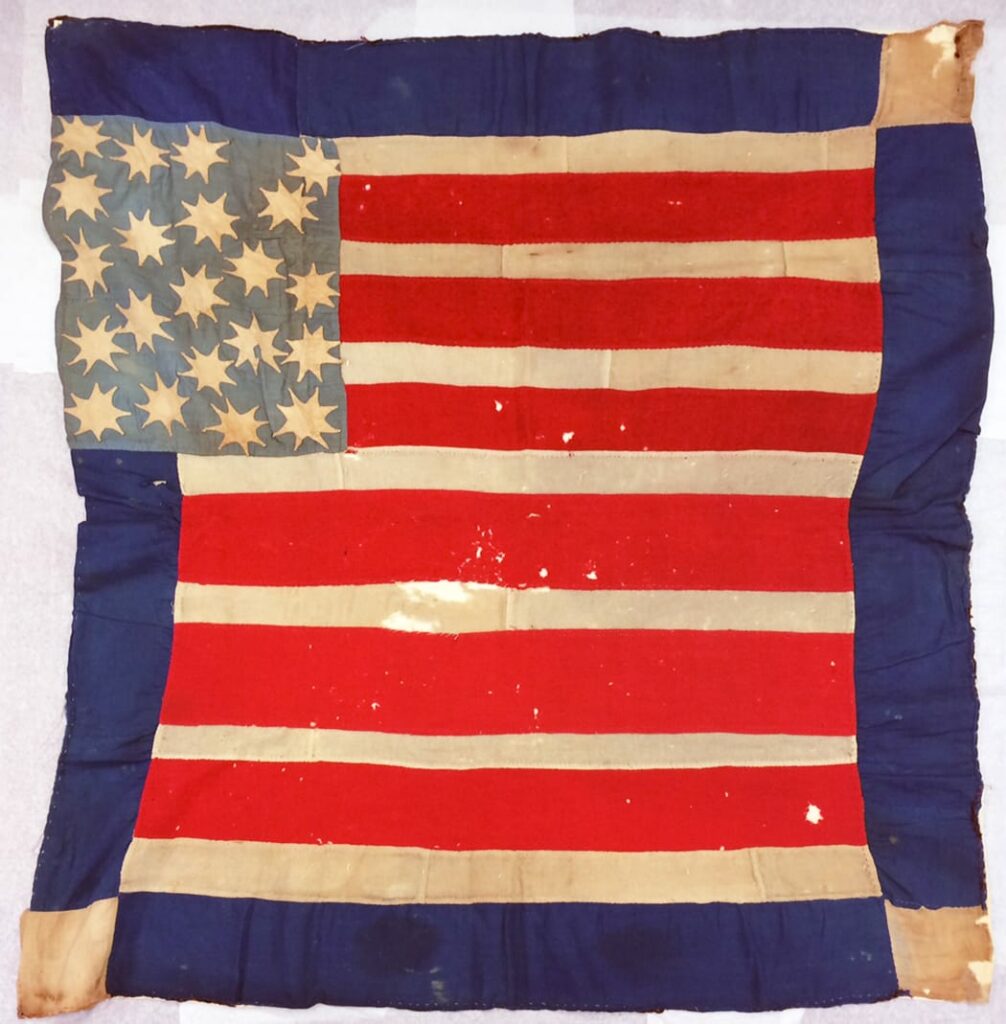Spartanburg's Freedom Flag
The Titusville (PA) Herald, May 10, 1922.
The negroes naturally considered the soldiers their friends and Captain Crossman and the men under his command received many favors from the colored people. Among frequent visitors to the soldiers’ headquarters at the courthouse was a negro Baptist minister, the name of whom Captain Crossman has forgotten. The colored preacher was profuse in his kindness to the Union soldiers and as a tribute to them had his wife make the American flag which Captain Crossman exhibited at the Herald office yesterday.
Mr. Crossman very interestingly described the excitement occasioned in Spartanburg when it was announced that the Union soldiers were to carry the flag on a short march to a picnic ground where the negroes of the vicinity were to serve a chicken dinner to the solider boys. The town councilmen told Captain Crossman that there would be trouble if the flag was carried by a negro but Captain Crossman informed the South Carolinians that the American flag was safe to be carried anywhere in the United States and this seemed to suffice, although a large number of whites gathered around the courthouse on the day of the parade and dinner, but no demonstration was made.
September 23rd, 1865
In the summer of 1865, the Civil War had ended with the defeat of the Confederacy and great changes were coming to the South. This is the time of Juneteenth, when emancipated African-Americans across the South erupted in jubilation, celebrating the freedoms and rights long denied them. The story of Juneteenth in Texas is well-known, but this is the story of Spartanburg’s Juneteenth.
That summer, a Federal Army detachment had come to Spartanburg to keep the uneasy peace and begin the hard work of building a slavery-free society and economy. Leading these soldiers was an officer named Captain Norris Crossman. One of Crossman’s primary tasks was to ensure that newly-emancipated Freedmen were informed of their rights. He and the troops under his command worked with a new Federal agency, the Freedmens Bureau, to negotiate the labor contracts that would establish the sharecropping system, which remained the dominant agricultural system for generations.
The summer of 1865 was a moment of great hope for African-Americans. The years ahead would prove that lasting progress was very slow to come, but this moment in 1865 was a new beginning, filled with possibilities. A group of Spartanburg’s Freedmen, grateful for the help they had received from Captain Crossman and his troops, chose to honor the soldiers and celebrate their new freedoms by hosting a chicken dinner picnic at a location then called Mrs. Fairchild’s spring, now within the South Converse Street neighborhood. This committee, believed to have been headed by pioneering Black leaders Joseph and Priscilla Young, worked with the soldiers to finalize the details.
The day of the celebration, Friday, September 22, 1865, began with a one-mile parade from Morgan Square to the picnic grounds. In this parade through the heart of Spartanburg, the many Black men and women hosting the picnic defiantly marched alongside the soldiers of the Federal Army. At the front of the parade, waving proudly was this flag, sewn by Priscilla Young using fabric from her own clothes. The mood was both jubilant and tense. Town councilmembers had warned Captain Crossman that an American flag carried by Freedmen was likely to draw a violent response, to which Crossman responded that the sooner his troops knew where in the United States it was unsafe to carry the nation’s flag, the better. Spectators of all kinds assembled to watch, but no violence erupted. At the conclusion of the parade, the flag was given to Crossman as a token of gratitude from Spartanburg’s newly reborn Black community.
Captain Crossman soon after returned to New York and kept this flag throughout his life, showing it off as a memento of his time as a soldier in South Carolina. Long after his death, his family donated it to their local museum, but its full significance was underappreciated and its connection to Spartanburg was forgotten. In 2015, USC Upstate professor Dr. Andrew Myers learned of this flag’s existence from Norris Crossman’s great-grandson and worked with the Spartanburg County Public Libraries to bring this amazing artifact from the dawn of emancipation back home. It has since undergone an extensive conservation and will remain permanently available to the people of Spartanburg, a symbol of America’s long road toward freedom and justice.
Slave Ship Cultural Exhibit
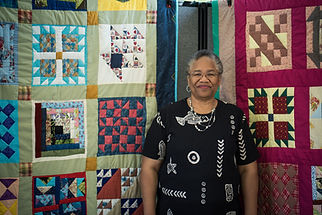
Quilt Replicas
Replicas of quilts used during the underground railroad to help conductors on the way to freedom
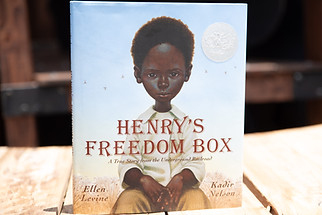
Henry's Freedom Box
View some of the current items that are on display at the Slave Ship Cultural Exhibit!
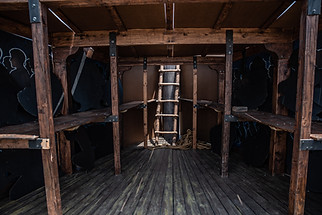
Slave Ship
View some of the current items that are on display at the Slave Ship Cultural Exhibit!
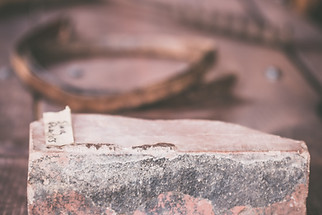
Slave Brick
View some of the current items that are on display at the Slave Ship Cultural Exhibit!
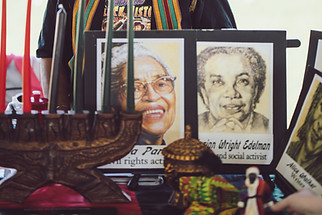
otable Figures In Black History
View some of the current items that are on display at the Slave Ship Cultural Exhibit!


